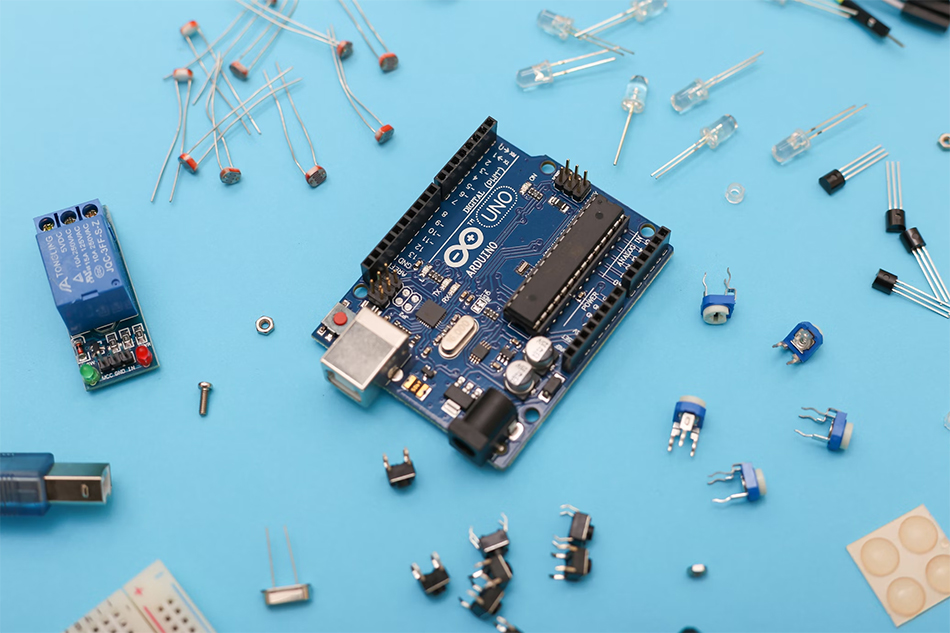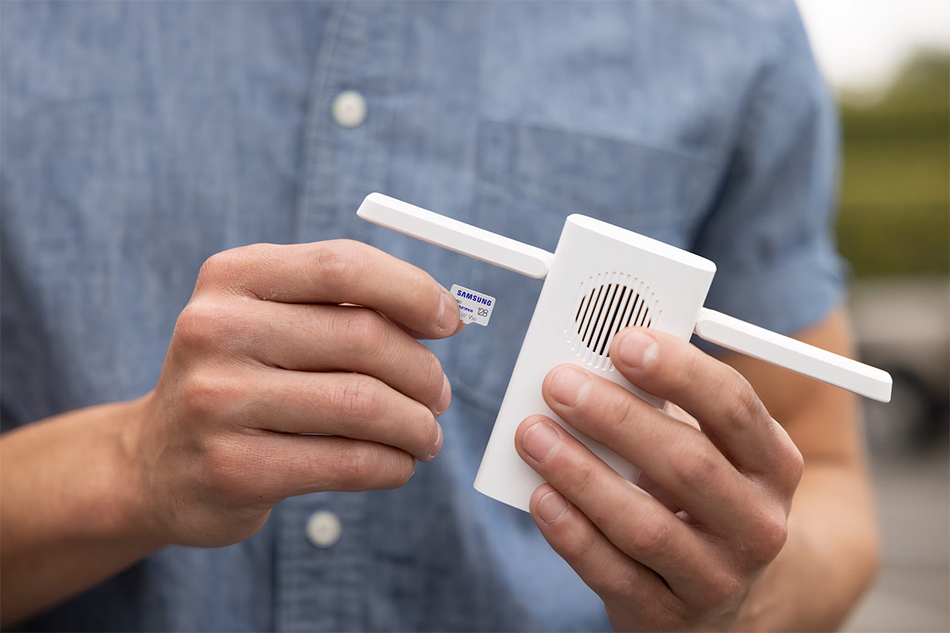9,380x Faster Than 5G: Scientists Record New Wireless Transmission Speed

With an amazing 938 gigabits per second (Gb/s), University College London (UCL) researchers have set a new world record in wireless transmission speed. A transmission speed over 9,380 times faster than the typical 5G speed in the UK, this achievement was made within a frequency range of 5-150 GHz. The researchers want to transform wireless communications by combining optical and radio technologies, therefore offering far faster and more dependable data transmission in not too distant future. This revelation might change mobile internet access and speed in both personal and business environments.
Overcoming Congestion in Wireless Communication
The small frequency range current wireless networks run within causes major congestion. Usually transmitting data at frequencies below 6 GHz, technologies like 5G and Wi-Fi cause obstacles when demand for fast data access mounts. The research team at UCL tackled this by broadening the spectrum of useable frequencies. They broke through the congestion barrier and attained hitherto unheard-of speeds by merging radio and optical technologies, therefore transmitting data over a far larger spectrum of frequencies. Particularly in highly populated locations and heavy traffic, this invention is projected to satisfy the growing need for wireless capacity and data speed.
The Role of Advanced Electronics and Photonics
This innovation comes from the mix of photonics and sophisticated electronics. Using photonics—which use light to produce radio signals and operate successfully in the 50–150 GHz range—and high-speed electronics—effective in the 5–50 GHz range—UCL’s innovative solution The researchers produced excellent signals spanning a large frequency band by combining these two technologies. Setting a new bar for wireless communications, this wide frequency range enabled the transfer of vast volumes of data at speeds formerly unthinkable.
Impact on Future Wireless Technologies
This new wireless technology has ramifications much beyond better internet speeds. Although optical fiber technology has advanced greatly recently, wireless communication manages the last transmission stage and delivers data from routers to consumer devices. The new UCL-developed technology promises to improve this last stage, therefore strengthening wireless networks in public areas, homes, and offices. Users should expect quicker downloads, more consistent connections, and the capacity to handle more devices without slowdowns with possible applications in 5G and 6G networks. This is especially crucial in settings like factories with sophisticated equipment when optical cabling is not feasible.
Bringing Wireless Technology to Commercial Use
Although the UCL team is already working on a prototype for commercial testing, the record-breaking transmission speed has only been proven in laboratory environments. Should this new wireless technology be successful, three to five years could see it ready. From mobile internet services to smart factories and beyond, this invention could completely transform sectors depending on wireless communication. Providing the capacity and speed required for a completely linked world, the researchers think that this technology will be very important in the future generation of digital communication infrastructure.
The record-breaking success of UCL in wireless transmission speed prepares the ground for wireless communication going forward. Combining optical and radio technologies, the team has exceeded current 5G networks’ limits and congestion problems to reach speeds 9,380 times faster. With higher speeds and more consistent connections, this discovery might drastically increase internet connectivity in households, businesses, and public areas. Commercial prototypes under development have great potential to transform wireless communication, and in the next few years their influence would be noticed in many different sectors.

